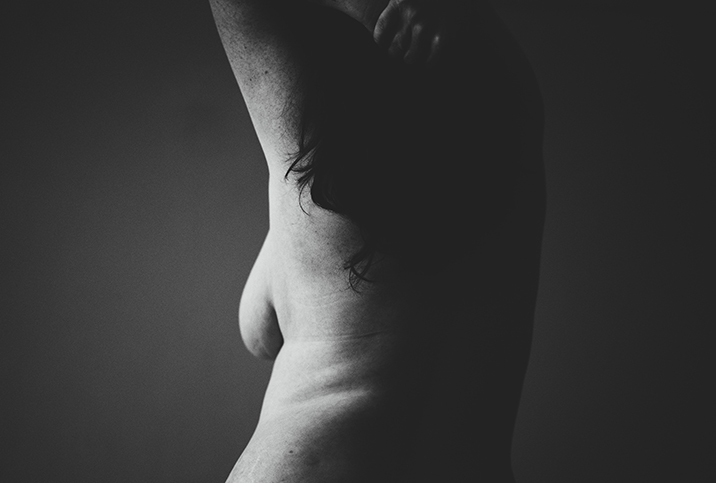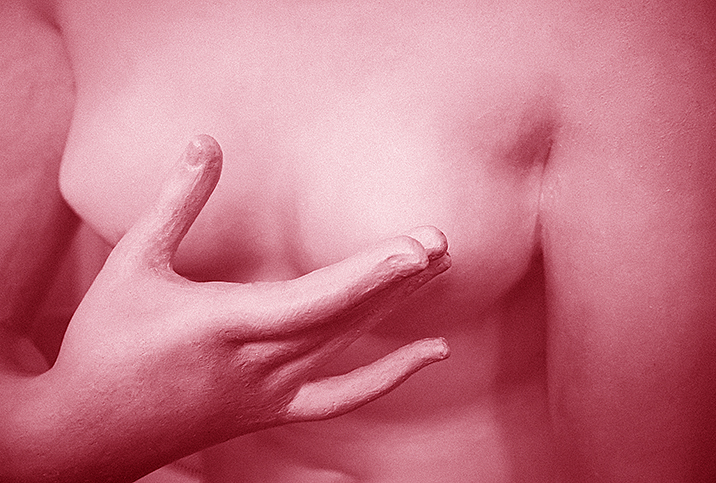6 Little-Known Facts About Breast Cancer

Breast cancer is the second leading cause of cancer-related death in women after lung cancer. About 13 percent of women (1 in 8) will develop breast cancer in their lifetime. But there is hope after diagnosis.
More than 3 million women in the United States alone have won or are fighting their battle against breast cancer. In most successful cases, early detection was key. If your breast cancer is detected early enough, you have an extremely high likelihood of being cancer-free within five years.
Here are a few interesting but little-known facts about breast cancer.
1. The older you get, the greater your chance of developing breast cancer
As a person gets older, their chance of developing breast cancer increases. This is why breast cancer is more prevalent in older women. Half of the women with breast cancer are age 62 and above.
2. Your lifestyle affects your risk
While breast cancer cannot be prevented, some lifestyle choices, including diet and exercise, can increase or decrease your risk of this disease. Being overweight increases your chance of developing breast cancer. Regular exercise and a healthy diet decrease your risk.
Smoking and heavy drinking are lifestyle habits that both increase your risk of breast cancer, so tossing those cigarettes and limiting your alcohol intake are solid lifestyle changes. A glass of wine per day is not likely to affect your health, but going beyond that puts you at a higher risk of developing cancer later in life.
3. Breast cancer is more common in the left breast than the right
You are more likely to develop breast cancer in the left breast than in the right one. Interestingly, the left side of your body is also more likely to develop the skin cancer melanoma. Scientists continue to research why this occurs.
4. Working the night shift is correlated with an increased risk of breast cancer
Studies suggest women who regularly work the night shift have an increased risk of developing breast cancer, with the risk increasing the more years worked. One study found that the odds of developing breast cancer were twice as high for shift workers, even after taking into account the effect of other risk factors.
5. Women who have never given birth are more likely to develop breast cancer
The link between pregnancy and breast cancer is complex, but studies have shown giving birth decreases your risk of developing breast cancer. The age at which you give birth the first time, along with the number of children you have, also affects your risk. Women who give birth earlier in life have a lower risk of developing breast cancer than those who give birth later.
6. Breast cancer isn't always a lump
For years, it was taught that all breast cancer starts as a lump in the breast. Women were always on the lookout for suspicious lumps, and as long as there were none, they were safe—or so they thought. This is not accurate: Scientists now know breast cancer has various warning signs.
It is difficult to detect cancer in its initial stages because early breast cancer can have few or very subtle symptoms. A lump is just one of signs as breast cancer progresses.
Other warning signs to keep an eye out for include:
- Breast itching
- Swelling around your collarbone, armpit or breast
- Color change on your nipples
- Breast pain that lasts three weeks or more
- Thickening/reddening of the skin around your breast
Regular breast cancer screening remains the best early detection method, which is why performing routine self-exams and getting annual mammograms is so important.


















